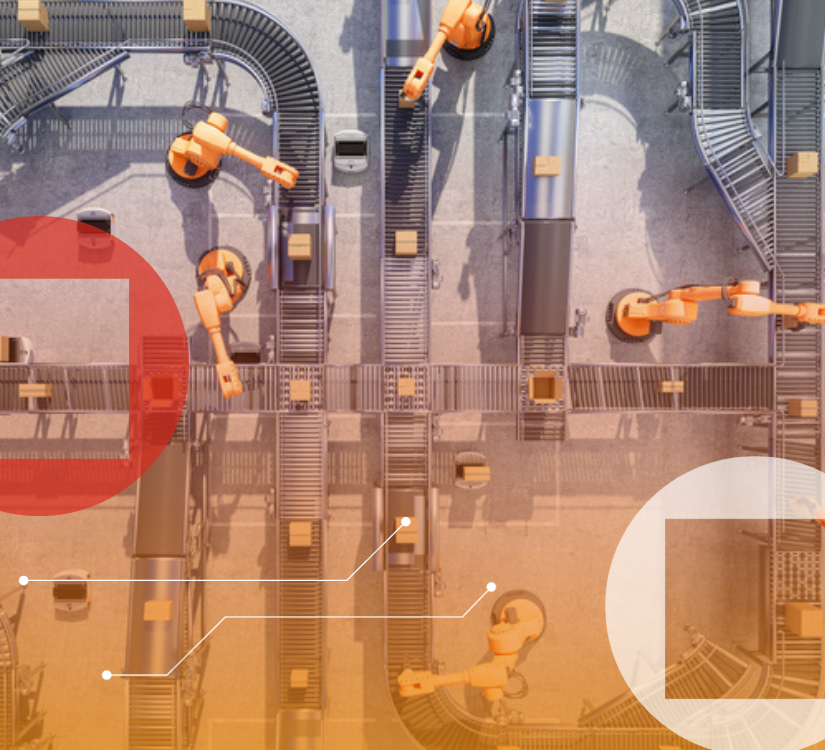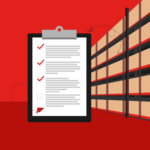
Businesses today use a variety of acronyms when referring to operational technology. CRM is the acronym for customer relationship management, for instance, while API stands for application program interface.
One of the newest acronyms to join the scene is RaaS. Here we explain what RaaS is, as well as how it can impact the operations side of your business.
What Is RaaS?
RaaS stands for ‘robots as a service’ or ‘robotics as a service.’ RaaS involves leasing robotic equipment as opposed to purchasing it directly. It’s similar to how software as a service (SaaS) enables companies to lease software programs. However, instead of contracting to use a service’s software, you are contracting to use its robotic devices via a cloud-based subscription.
A cloud-based RaaS helps businesses collect, analyze, and store data collected by robotic devices. This data can then be shared with the other robots on-site or with human employees, making it possible to modify the company’s operations with minimal interruptions.
The idea of using RaaS is quickly catching on and is only expected to increase in the years ahead. Some project the global robots as a service market to have a compound annual growth rate (CAGR) of 16.5% between 2022 and 2028. For comparison purposes, the historical CAGRs for internet-based software is 10.55% and 8.90% for the telecommunications equipment market.
Benefits of utilizing RaaS
One of the main benefits of RaaS is that it reduces a company’s upfront costs. Robotics can be expensive pieces of equipment since they are so advanced. Leasing them allows access to the technology robots provide without having to expend the finances required to purchase them outright. Plus, since the robots are leased, the business also avoids the costs related to robot maintenance and updates.
Utilizing RaaS makes it possible for smaller businesses or businesses with limited financial resources to enjoy the benefits of robotics without having to take out a loan or find other ways to finance this equipment. This helps these entities better compete with some of their larger adversaries, or companies that may have the monies needed to invest in this equipment outright.
How RaaS affects your operations
By leasing robotics through RaaS, companies can scale their operations with greater ease. As the business grows, more robots can be leased to meet the increased demand. Conversely, if the business faces off-peak seasons with reduced demand, the reliance on RaaS can be decreased. This allows for flexibility in the operations processed based on what is needed at the time.
RaaS also impacts operations by placing more of the onus on technology than on humans. This reduces operational differences that may exist from one employee to the next. It also helps resolve some of the issues that companies currently face in hiring and retaining qualified staff. This is critical as, although the technology reports that 3.8 million new jobs were added in 2021, the American workforce has 2.8 fewer people than in February 2020.
Is RaaS right for your business?
If RaaS sounds like something that could benefit your business, you may be wondering if it’s the right decision for you. According to Ohio University, five industries are becoming increasingly reliant on robotics. They are:
- Healthcare
- Agriculture
- Food preparation
- Manufacturing
- Military
It can also be helpful to consider your operations process. Where can robotics be implemented to simplify or standardize certain steps? Would automation via robots offer enough benefit to make it worth pursuing RaaS?
The use of RaaS is an individual decision that each company must make based on its situation and goals. Robots as a service simply provides another option for maximizing operational process should your business decide that it would be a good fit.



